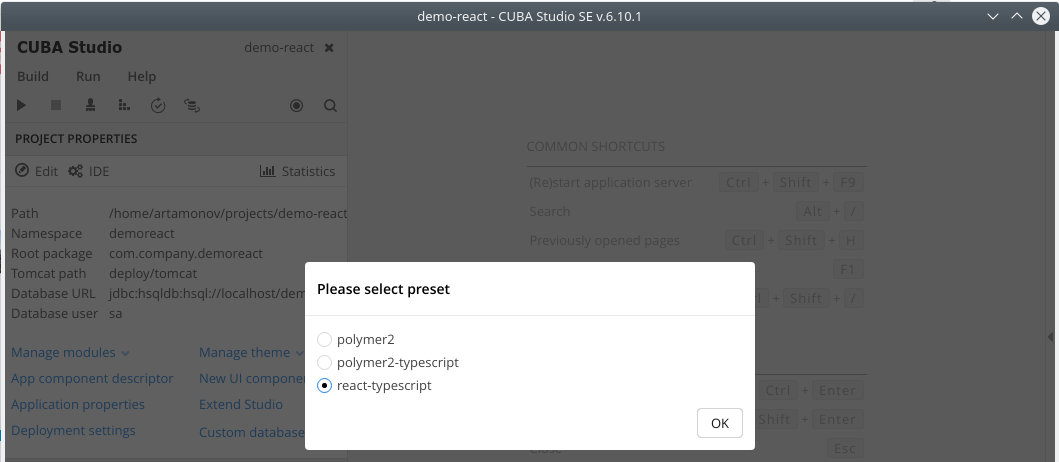A bit late to the party but thrilled to see the fatures list.
Already used the DnD add-on in a custom GUI component and it is pretty good. Also waiting eagerly “components based on other components”, because when you go the programmatic way for the UI (when declarative is not an option), it is significantly more difficult than the standard way.
For multi-tenant, it’s yet a good thing to make the single database case easy to code. The fact is, as a developer choosing single or multi database that is generally imposed to us, especially for SaaS. And regulatory environment should be taken into account.
In Europe with GDPR for instance I have to guarantee my clients the highest safety and security possible for their data (article 4), which means among other things segregation of data between clients. More generally, there is a worldwide trend of protecting client data like gold (ask Mr Zuckerberg).
Months ago I started a prototype and even if I could not push the research too long I would not say it is an unreachable objective. Combine 2 things: the tenantId session parameter, and changing CUBA main Datasource to be like the TenantsRoutingDatasource of the current proposed approach. And ballpark you have the solution.
Of course then there is (probably quite of) work to manage the fact that CUBA main connection is now dynamic (cached data, build process, etc.).
Michael
